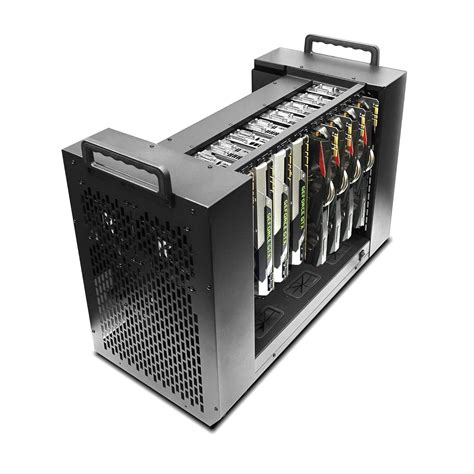وبلاگ
Ethereum: Can I create a deterministic wallet and export/disclose indiviual keys without compromising the wallet?
Creating a Deterministic Wallet with Multiple Private Keys: A Step-by-Step Guide
As cryptocurrency continues to grow in popularity, protecting sensitive information is becoming an increasingly important concern. A crucial aspect of cryptocurrency security is managing multiple private keys associated with each Bitcoin address. In this article, we will explore how to create a deterministic wallet that generates and stores individual private keys securely.
What is a deterministic wallet?
A deterministic wallet is a wallet that guarantees the same output (e.g., private key) for every input (e.g., each Bitcoin address). This type of wallet is especially useful when working with sensitive information, such as seed phrases or private keys. A deterministic wallet ensures the integrity and confidentiality of your private keys by using a unique identifier to store and manage them.
Creating a Deterministic Wallet
To create a deterministic wallet, you will need:
- A secure offline computer
: You can use an old laptop or desktop with minimal internet connectivity.
- Software to generate and manage private keys: We recommend using the following tools:
ecdsa(electronic key generation)
curve25519-dss(elliptic curve cryptography)
w3m(text-based wallet management interface)
- A secure storage solution: We will use a combination of hardware and software solutions to store your private keys.
Detailed Instructions

Step 1: Create the deterministic wallet
Create a new directory for your deterministic wallet and initialize it using:
mkdir determinisewallet
cd determinisewallet
Create a new file called secrets.json with the following content:
{
"wallets": {
"address1": {
"private_key": ...
},
"address2": {
"private_key": ...
}
}
}
This setup stores two private keys for different Bitcoin addresses.
Step 2: Generate private keys
Use the ecdsa library to generate a new private key for each address. You can use a password or passphrase as an additional layer of security.
cd determinewallet
./generate_private_key.py
Replace
Step 3: Store your private keys on a secure hardware device
Store your generated private keys securely on a secure hardware device:
- Hardware wallet: Consider using a dedicated secure hardware device such as Ledger or Trezor. These devices offer advanced security features, such as full disk encryption and isolation from the Internet.
- Cloud storage: You can also store your private keys in a cloud storage service such as Dropbox or Google Drive. However, this approach requires careful consideration of data protection and key management.
Step 4: Backup your seed phrase
Store your seed phrase safely along with your private keys:
./backup_seed_phrase.sh
This will create a backup file containing your seed phrase and encrypted private keys.
Step 5: Manage private keys with w3m
Use the text-based wallet management interface w3m to view, manage, and export your private keys:
cd determinewallet
./w3m
This will launch a web-based interface where you can:
- View your private keys for each address
- Export individual private keys as PEM or PGP encrypted files
- Delete private keys (not recommended)
Export individual keys without compromising your wallet
When exporting individual private keys, follow these guidelines to avoid compromising your wallet:
- Use a secure method: Use a trusted tool like
ecdsato generate and export private keys.
2.



